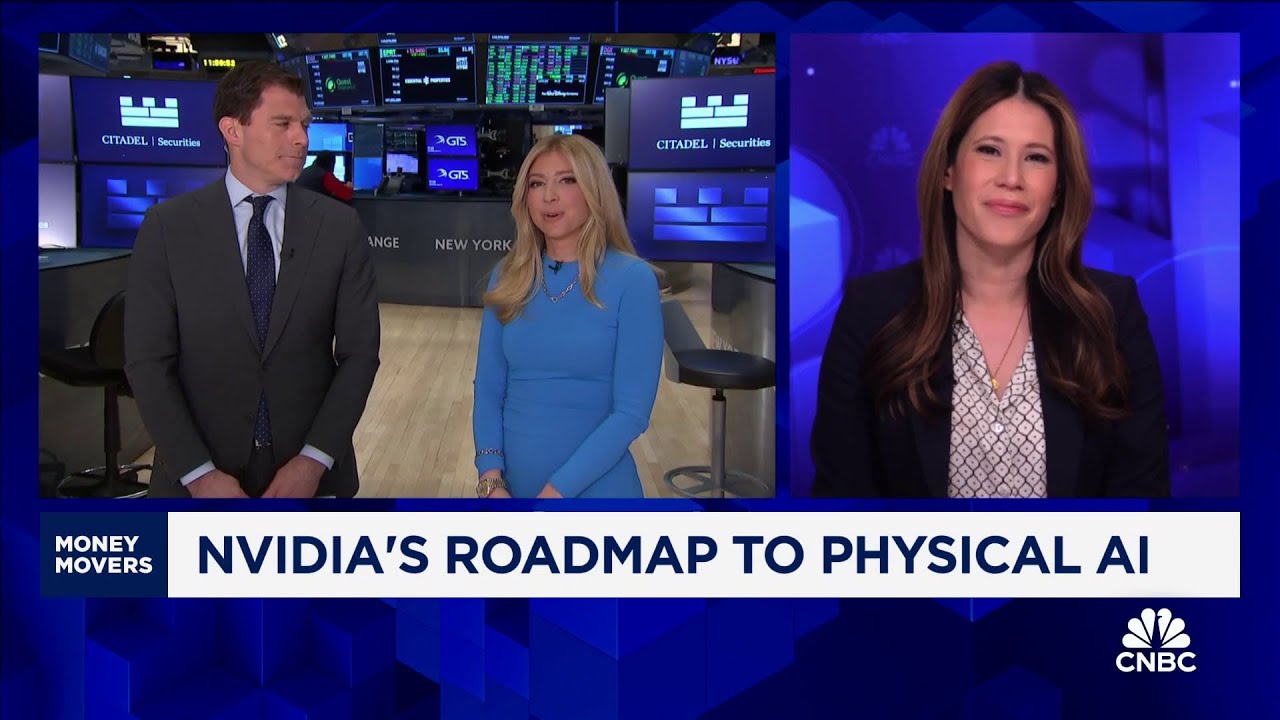Nvidia’s CEO Jensen Huang announced the company’s focus on physical AI and robotics at the GTC conference, highlighting its potential in areas like robotaxis and warehouse automation, while acknowledging challenges in implementation and competition with countries like China. Experts discussed the need for significant breakthroughs to enable generalized robots for everyday use, emphasizing that while advancements are promising, widespread adoption remains uncertain.
Nvidia recently made significant announcements at its GTC conference, particularly regarding the development of physical AI and robotics. During an interview with Jim Cramer, Nvidia’s CEO Jensen Huang emphasized the importance of physical AI as a crucial market that will demonstrate AI’s real-world impact. This includes advancements in areas such as robotaxis, humanoid robots, and warehouse automation, showcasing a vision for the future of robotics that aims to address worker shortages and enhance infrastructure.
Huang’s keynote highlighted the roadmap for Nvidia’s AI developments, transitioning from agentic AI to physical AI. However, while there is enthusiasm about the potential of robotics, the timeline for widespread implementation remains uncertain. The U.S. faces challenges in keeping pace with countries like China, which has a lead in producing affordable and functional robots. Various hurdles, including real-world physics, regulatory issues, and the need for standardization, complicate the development of physical AI compared to digital AI.
At the conference, a panel discussion featured experts from Nvidia, Microsoft, and other companies involved in the physical AI sector. They collectively agreed that while generalized robots for homes and offices are likely less than ten years away, a significant breakthrough akin to a “GPT moment” is necessary for these technologies to gain mainstream acceptance. This breakthrough could involve robots performing complex tasks in unstructured environments, such as assembling furniture, which would demonstrate their readiness for real-world applications.
The competition between the U.S. and China in the realm of physical AI is intensifying, with China rapidly advancing its capabilities in smart factories and commercializing humanoid robots. Companies like Unitree are already producing more affordable robots compared to those still under development by U.S. firms like Tesla and Boston Dynamics. This competitive landscape raises questions about the U.S.'s ability to keep up with the pace of innovation in robotics.
Overall, Nvidia’s introduction of physical AI marks a pivotal moment in the evolution of robotics, focusing on the underlying technologies necessary for success. While there is optimism about the future, the readiness for widespread adoption of physical AI remains uncertain. The industry is at a critical juncture, and the next few years will be crucial in determining how quickly and effectively these technologies can be integrated into everyday life.
